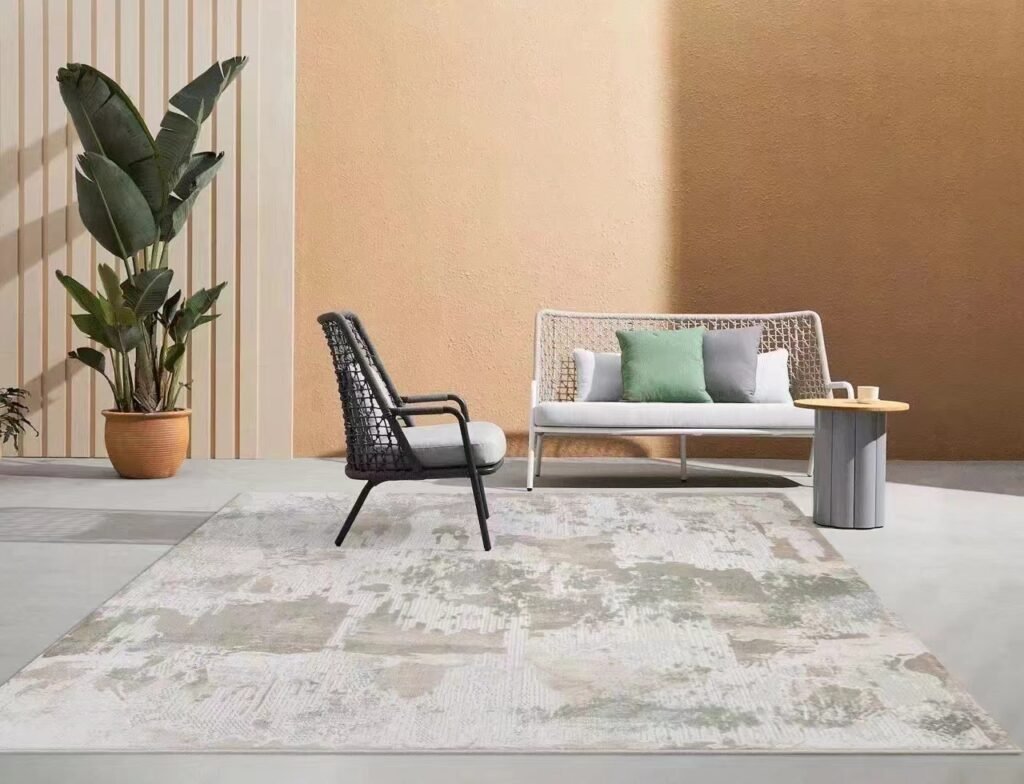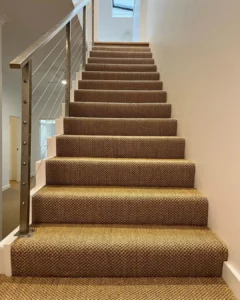Introduction:
Area rugs are more than just floor coverings; they are the foundation of interior decoration, weaving comfort, style, and functionality into every room. In this blog post, we delve into the intricate world of area rugs, exploring the materials used, their characteristics, the historical background, and their invaluable contribution to interior design.
Materials Used in Area Rugs:
Area rugs come in a variety of materials, each with its own unique properties. Natural fibers such as wool, cotton, and silk offer unparalleled softness and durability. Wool, in particular, is prized for its resilience and luxurious feel, making it a popular choice for high-traffic areas. Cotton rugs, on the other hand, are known for their affordability and easy maintenance, while silk rugs exude opulence and elegance.
Synthetic fibers like nylon, polyester, and polypropylene have also gained prominence in the rug industry. These materials boast excellent stain resistance and are often more budget-friendly than their natural counterparts. Blends of wool and synthetic fibers combine the best of both worlds, offering durability, softness, and easy care.

Characteristics of Different Materials:
When choosing an area rug, it’s essential to consider the characteristics of each material. Wool rugs, for instance, are naturally resistant to stains and moisture, making them ideal for busy households. Cotton rugs are lightweight and easy to clean, making them perfect for casual spaces like kitchens and bathrooms. Silk rugs, though delicate, add a touch of luxury to any room with their lustrous sheen.
Synthetic fiber rugs excel in high-traffic areas, thanks to their durability and stain resistance. Nylon rugs are particularly resilient and can withstand heavy foot traffic without losing their shape or color. Polyester rugs are known for their vibrant colors and soft texture, while polypropylene rugs offer exceptional water resistance, making them suitable for outdoor use.
Historical Background of Area Rugs:
The history of area rugs dates back centuries, with roots in ancient civilizations such as Egypt, Persia, and China. These early rugs were handwoven using natural fibers like wool and silk, showcasing intricate patterns and designs that reflected the cultural identity of their creators.
Over time, the art of rug making evolved, with techniques and designs spreading across continents through trade and exploration. In Europe, the Renaissance period saw a resurgence of interest in Oriental rugs, which became prized possessions among the nobility.
Contribution to Interior Decoration:
Today, area rugs play a pivotal role in interior decoration, adding warmth, texture, and personality to any space. From defining seating areas in living rooms to adding a pop of color in bedrooms, area rugs have the power to transform a room’s ambiance.
In addition to their aesthetic appeal, area rugs also serve practical purposes, such as reducing noise, providing insulation, and protecting floors from wear and tear. Whether you prefer a traditional Persian rug or a modern geometric design, there’s an area rug to suit every taste and style.
Conclusion:
In conclusion, area rugs are more than just decorative accents; they are essential elements that tie a room together and elevate its overall design. By understanding the materials used, their characteristics, and the historical significance of area rugs, you can make informed decisions when selecting the perfect rug for your space. So why wait? Explore the world of area rugs and discover the endless possibilities they offer for creating comfortable, stylish, and functional interiors.






